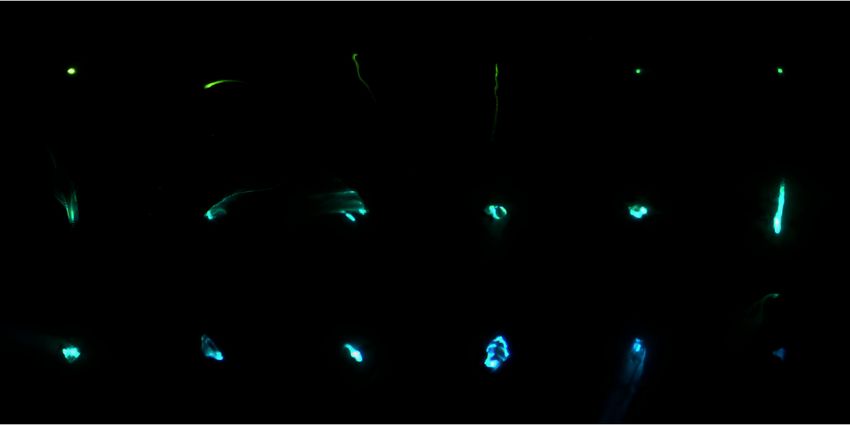Physiker:innen der Technischen Universität München (TUM) entwickeln derzeit das neue Neutrino-Teleskop P-ONE, um das Universum zukünftig vom Grund des Pazifischen Ozeans aus zu erforschen. In 2.500 Metern Tiefe gibt es auch Lebewesen und so faszinierende Phänomene wie Bioluminiszenz zu beobachten, also Leuchterscheinungen von lebenden Organismen.
Das neue Neutrino-Teleskop bietet damit auch noch die einzigartige Gelegenheit, die Tiefsee zu ergründen, den weltweit größten und noch weitgehend unerforschten Lebensraum. Dr. Kilian Holzapfel von der Technischen Universität München berichtet an diesem Café & Kosmos-Abend, was die Forschenden bereits über die Biolumniszenz am Meeresgrund herausgefunden haben - und was sie mit P-ONE über das Ökosystem Tiefsee lernen können.
